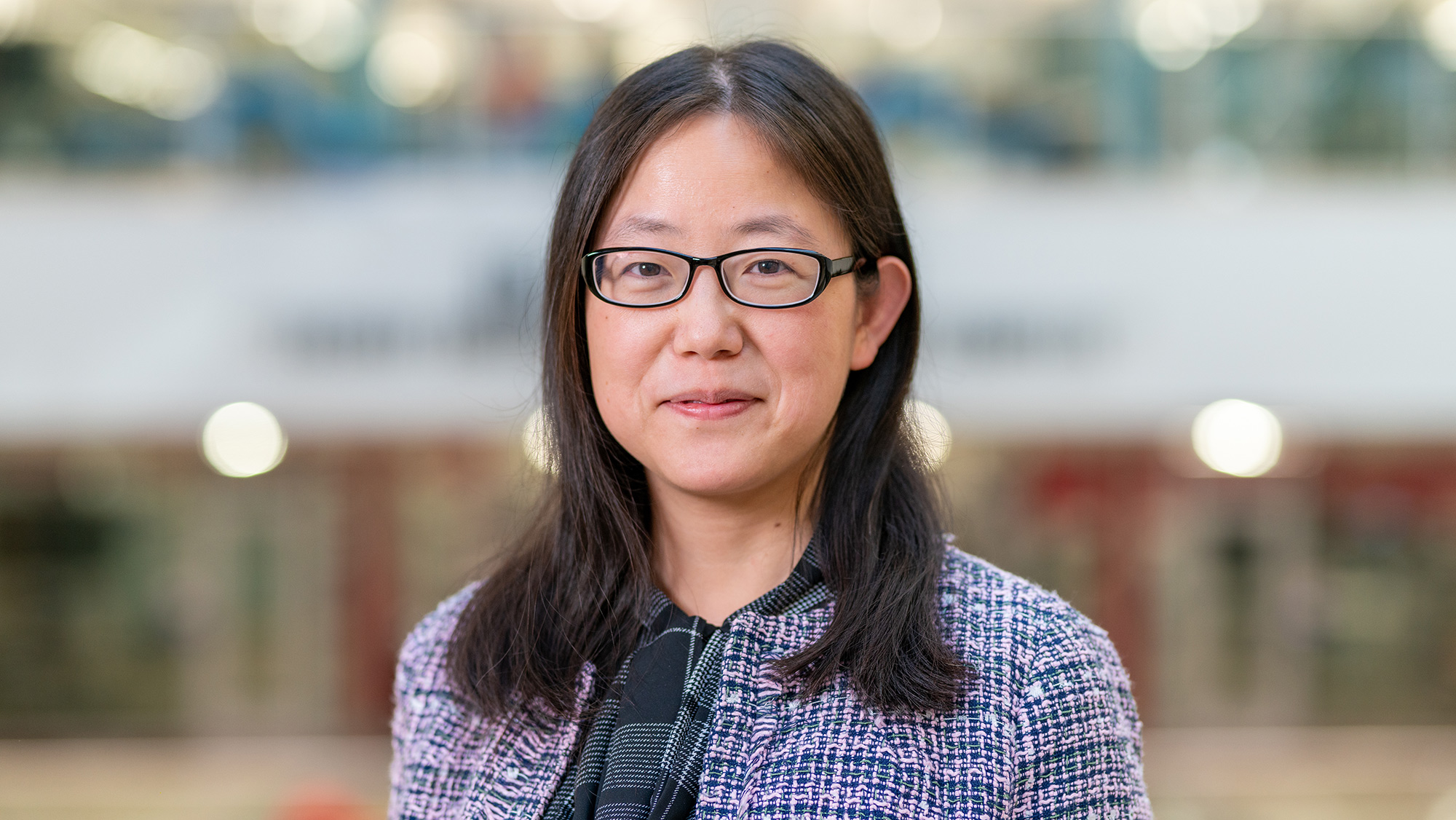
Dr. Minghui Zheng recently joined the J. Mike Walker ’66 Department of Mechanical Engineering at Texas A&M University. With a Ph.D. in Mechanical Engineering from the University of California, Berkeley, Dr. Zheng brings a wealth of expertise to her role as an associate professor.
Her primary research interests lie in the fields of control and robotics, with a specific focus on advancing the efficiency and efficacy of disassembly, recycling and remanufacturing processes for end-of-use products.
In this interview, Dr. Zheng shares insights on her journey into mechanical engineering, discusses her motivations for joining the department, and explains the aims of her research.
Q: What led to your decision to pursue mechanical engineering?
A: When I was deciding on my college major, mechanical engineering wasn't even on my radar. My interest in mathematics and engineering led me to focus on engineering mechanics. During my studies, I took an elective course, Introduction to Robotics, which significantly influenced my academic and career choices. The course introduced me to the intriguing world of robotics-related research, particularly in the intersection of mathematics and control theory. As a result, I decided to shift my focus to mechanical engineering with a specialization in robotics, which matched my academic strengths and my desire to apply theoretical knowledge to practical applications. This decision has provided me with a rewarding academic experience and heightened my interest in contributing to advancements in the field. I am eager to explore the possibilities and challenges that mechanical engineering, especially in robotics, offers.
Q: What brought you to Texas A&M University and the J. Mike Walker '66 Department of Mechanical Engineering?
A: I'm thrilled about choosing Texas A&M University and joining the J. Mike Walker '66 Department of Mechanical Engineering! The decision was driven by numerous factors, such as the abundant collaboration opportunities both within and outside the department, spanning areas like robotics, optimization, machine learning, and human factors. The university also offers ample research sources and top-notch facilities. I am also impressed by the current vibrant research activities, the exceptional quality of students, the success of the faculty members, and the supportive, collegial atmosphere. The department feels like the perfect place for me to build on my current research and broaden my portfolio.
Q: What is your primary area of research?
A: My primary area is control and robotics. One of my research directions is task sequence and robotic motion planning in a human-robot collaborative environment. I am particularly interested in such developments to improve the efficiency and effectiveness of the disassembly, recycling, and remanufacturing of end-of-use products such as e-waste. Another research direction is learning-based control to enable learning among heterogeneous drones toward their mass customization and application. My research interests also include collaborative estimation using connected vehicles, optimization and control for energy storage systems, as well as iterative learning control for high-precision systems.
Q: What about this research area most inspires you?
A: People started to realize there is a rapidly increasing amount of e-waste that is causing lots of issues, such as environmental issues and resource waste. However, the disassembly of e-waste is very expensive and labor-intensive. One main reason is that different from assembly and manufacturing, disassembly has to handle a large variety of used products at different levels of uses and damages with lots of uncertainties in both quality and quantity, which makes it very challenging to automate. Human-robot collaborative disassembly may be a potential method to increase the capacity of robotics technology in such labor-intensive processes and optimize operational cost and efficiency of remanufacturing.Q: How might the general public be affected by this work?
A: Hopefully, human-robot collaborative disassembly can improve the quality of life for remanufacturing workers, increase recycling and reduce waste for used electronic materials, and help to create new manufacturing jobs.
Q: How do you hope to have a positive impact through your role?
A: The complexities of incorporating HRC into disassembly processes are multifaceted, encompassing technology, workers, work processes, and their seamless integration. Although the potential advantages are significant, it is imperative to engage in meticulous planning, substantial investment, and effective coordination across various domains to successfully navigate these challenges. I hope to engage more researchers and engineers to work towards effective recycling and remanufacturing for end-of-use products, via collaborating with people with different backgrounds.
Q: What advice do you have for students interested in a similar career path?
A: If you are unsure whether you are interested in your current major, try to explore and identify your interests by taking classes inside and outside your major. While your major provides a foundational knowledge base, branching out into related fields can offer a broader perspective and help you discover new passions and interests. Also, exploring interdisciplinary studies that integrate elements from multiple disciplines can enrich your academic experience and open doors to innovative approaches and solutions that may apply to your future career. You may also want to explore the opportunities of working in different research labs, which provide lots of hands-on experience and a firsthand look at the day-to-day activities within your chosen field.